In my opinion, the best part of 京都 is the sheer number of things to see and do there. As I mentioned last week, there are thousands of temples and shrines, ranging from huge tourist favourites to tiny places tucked out of sight; it's easy to find something new every time you visit. Today we'll take a look at some of the slightly smaller places - still popular, but not swarming with as many people as last time. I hope you still have your walking shoes on.
銀閣寺 (ぎんかくじ - Ginkakuji - The Silver Temple or The Silver Pavillion)
We'll pick up where we left off last week with 金閣寺 (The Golden Temple) by visiting a close relative. 銀閣寺 isn't as shiny - in fact, it doesn't really look silver at all; it was originally supposed to be coated in silver to mimic 金閣寺 but this was never actually done. Don't let that turn you off though - even though 銀閣寺 is the copy, in some ways I think it does its job better than the original.
Like 金閣寺, 銀閣寺 is a Zen Temple but the latter really has a garden to match - swept piles of silver sand and stones that form bumps and ridges throughout the temple grounds. Signs warn people not to touch - I assume that even the chest-high sandcastle at the end of the garden would collapse if disturbed.
This is a place to sit and reflect quietly - a deck sits out the back of one of the buildings that gives a sweeping view of the sand. If that's not enough tranquility for you, you could always take a walk behind the temple grounds to enjoy the forest and its many waterfalls.
Listening to the water while walking through the lush woods was very peaceful and I didn't find myself missing the throngs of people milling around 金閣寺 one bit - I think I preferred silver to gold in this case. Of course, if you're into Zen gardens, 銀閣寺 isn't the only place for you in 京都.
竜安寺 (りょうあんじ - Ryouanji - The Temple of the Peaceful Dragon)
Perhaps the most famous Zen Temple Garden in 京都 is 竜安寺; its main feature is a rectangular courtyard of white pebbles brushed into wave shapes. Fifteen stones of varying shapes and sizes are placed around the garden and apparently wherever you sit, only fourteen are visible at one time.
The aim is to sit and reflect; when you can see all fifteen stones, you will have achieved enlightenment. This is probably not something that can be achieved in a day trip, but you can still enjoy the simple beauty of the garden and join the other people sitting in peace and quiet before crashing out into 京都 again.
For the impatient, the busy and those who just like to cheat, there is also a miniature version of the garden. I don't think seeing all the stones at this scale counts towards your enlightenment quota, but it might at least help you plan out a good spot to sit. Maybe big things are more to your liking though?
平安神宮 (へいあんじんぐう - heianjingu - Heian Shrine)
平安神宮 is a gigantic 神道 (しんとう - Shinto) shrine that was built 115 years ago and dedicated to the first and last emperors of 京都. It hosts one of the city's three big festivals - 時代祭 - (じだいまつり - jidai matsuri - The Festival of the Ages).
The buildings were designed to look like the Imperial Palace of 京都 and surround an enormous courtyard which is often used as a public space for events. At all other times, tourists and locals alike come in to buy good luck charms (for success in studies, safe driving and so on) and have their fortunes told.
おみくじ (omikuji - fortune) are small slips of paper that predict what kind of luck you will have in the future in different areas of your life. If your おみくじ predicts bad luck, it's customary to tie them around a piece of wire or the branch of a tree in the shrine to ward the ill omens away.
At the larger shrines, it's not uncommon to see whole trees covered in おみくじ and there will often be multi-layered racks of wire provided to make sure there's always space to tie a knot in your problems.
If you're looking for 平安神宮 it's very hard to miss, marked by one of the biggest 鳥居 (とりい - torii - shrine gates) in Japan. 鳥居 usually indicate a 神道 shrine, marking the entrance to a sacred place. 平安神宮 is definitely not the only 神道 shrine in 京都, though!
八坂神社 (やさかじんじゃ - yasakajinja - Yasaka Shrine)
八坂神社 sits in the middle of the night-life and 芸者 (げいしゃ - geisha) district of 祇園 (ぎおん - Gion) and is the home of the Gion Festival. It's a popular 神道 shrine, particularly during お正月 (おしょうがつ - oshougatsu - New Year) and other big events.
Particularly striking are all the lanterns set up within the shrine, painted with the names of local businesses that support it. These are probably what make the shrine popular at night.
Have you seen these shrine guardians before? They are known as 獅子 (しし - shishi - lions) or 狛犬 (こまいぬ - komainu - usually translated as "lion dogs") and often guard 神道 shrines in pairs.
One 狛犬 often has its mouth open and one closed; this relates to the sounds "あ" (a) and "ん" (n), the first and last letters in the Japanese alphabet. In this way, they represent the beginning and the end - life and death.
After all this culture, you may be ready for a bit of a break - rest assured that there are plenty of shops in 京都 that cater for all tastes. You may like to pick up something sophisticated, or something totally the opposite - like an "I love Kyoto" t-shirt... or some plush toy sushi.
As night falls, you may want to have a wander around the soft lantern-light of 祇園, past the お茶屋 (おちゃや - ochaya - tea houses) where the 芸者 perform. If you're lucky, you may even spot one hurrying to her next appointment. Getting to watch a performance is a bit beyond the reach of most tourists, though - that's the one part of 京都 I can't take you to.
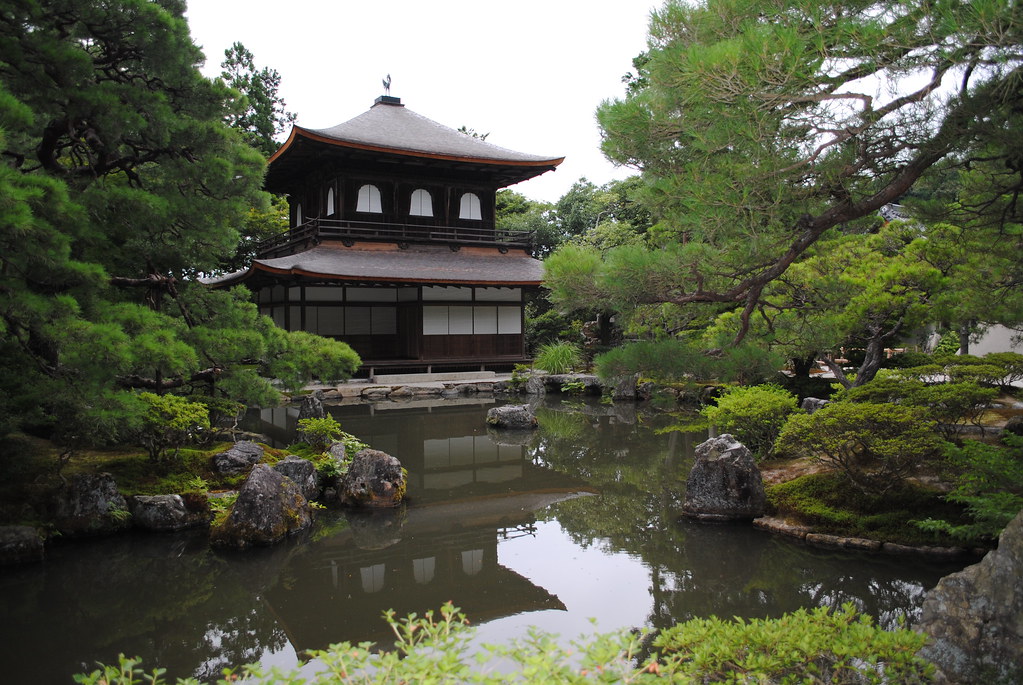
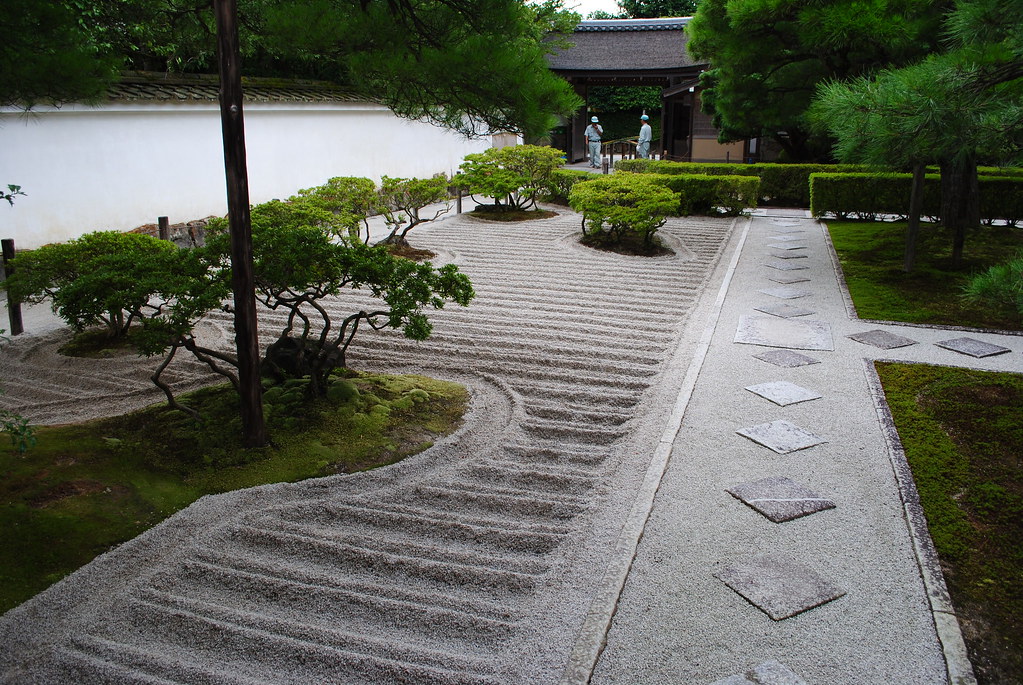
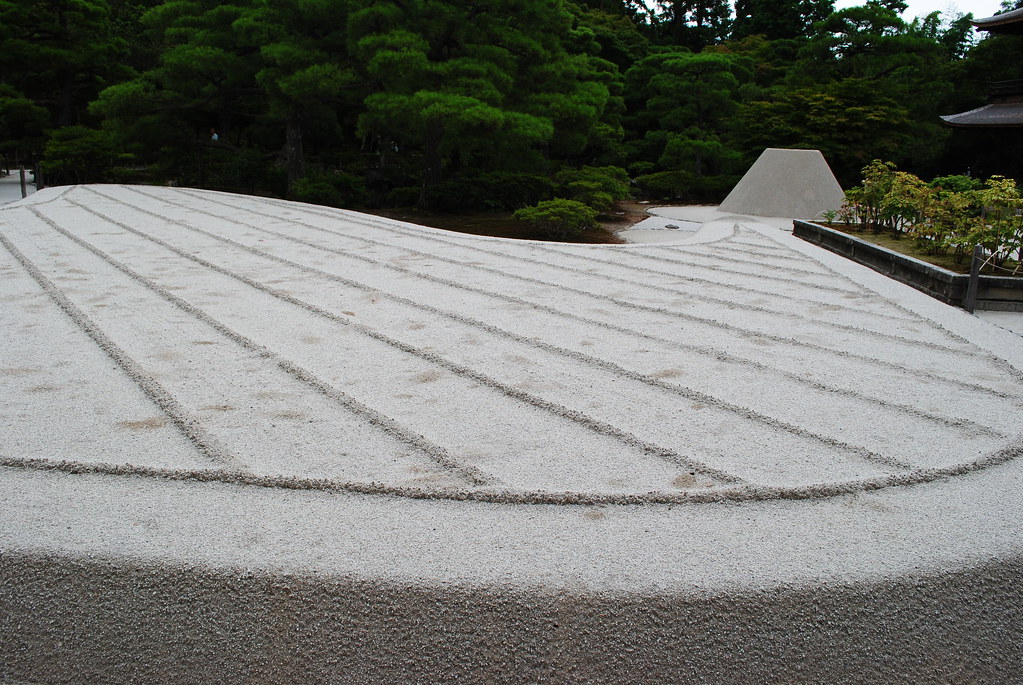
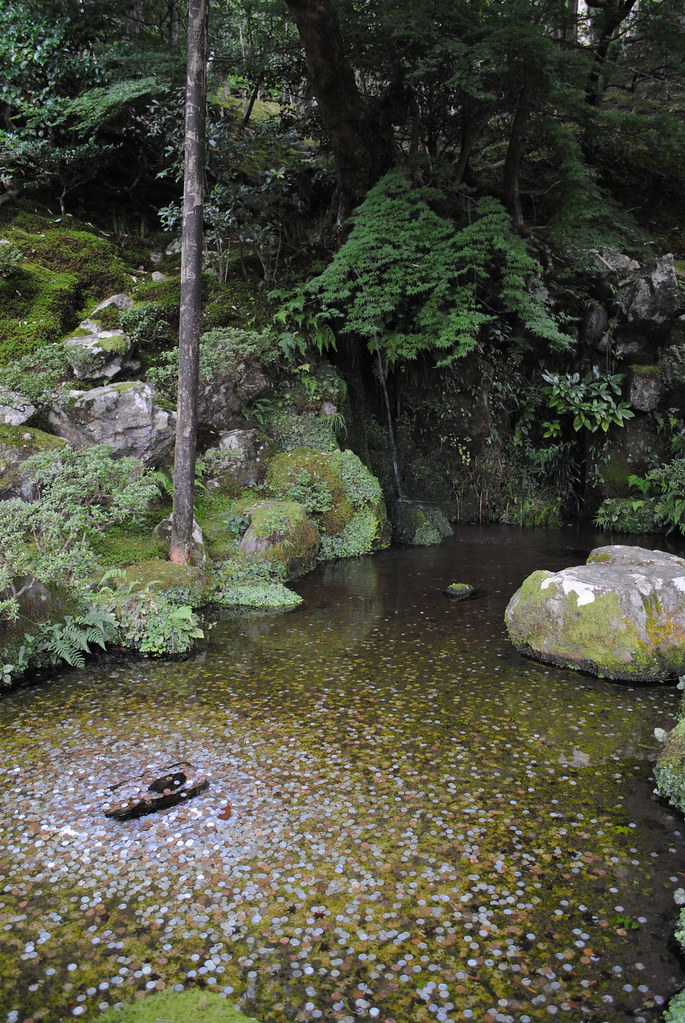
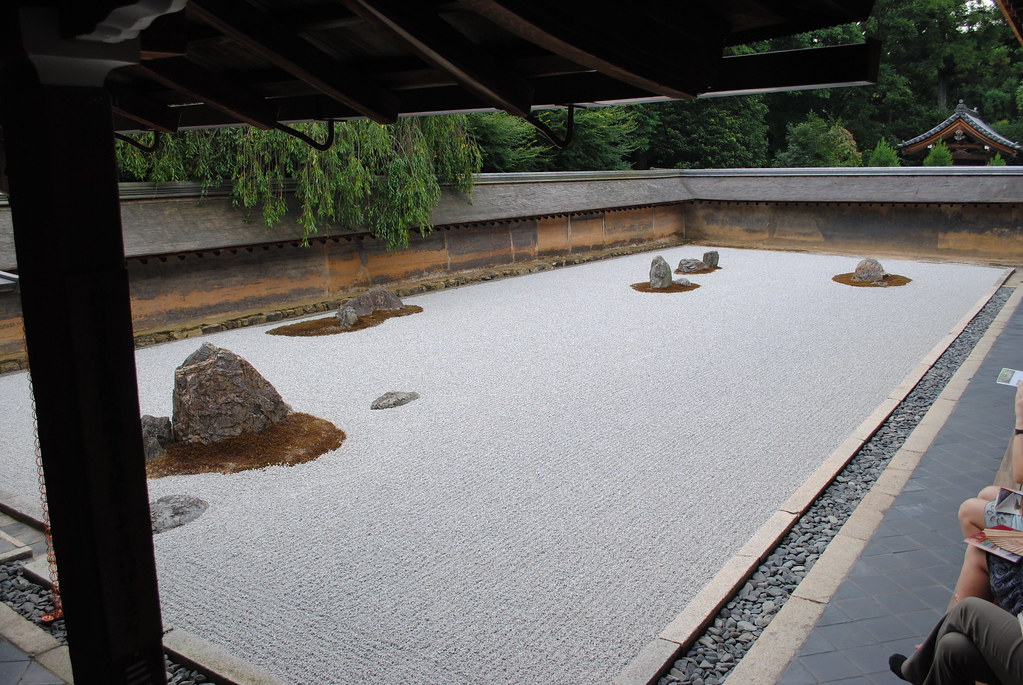
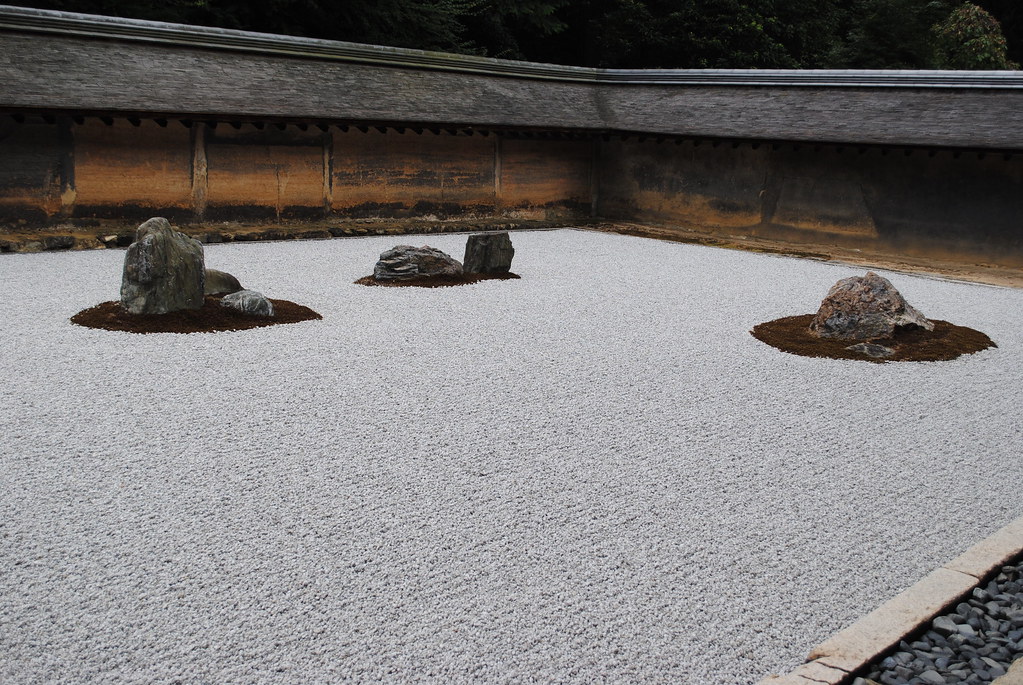
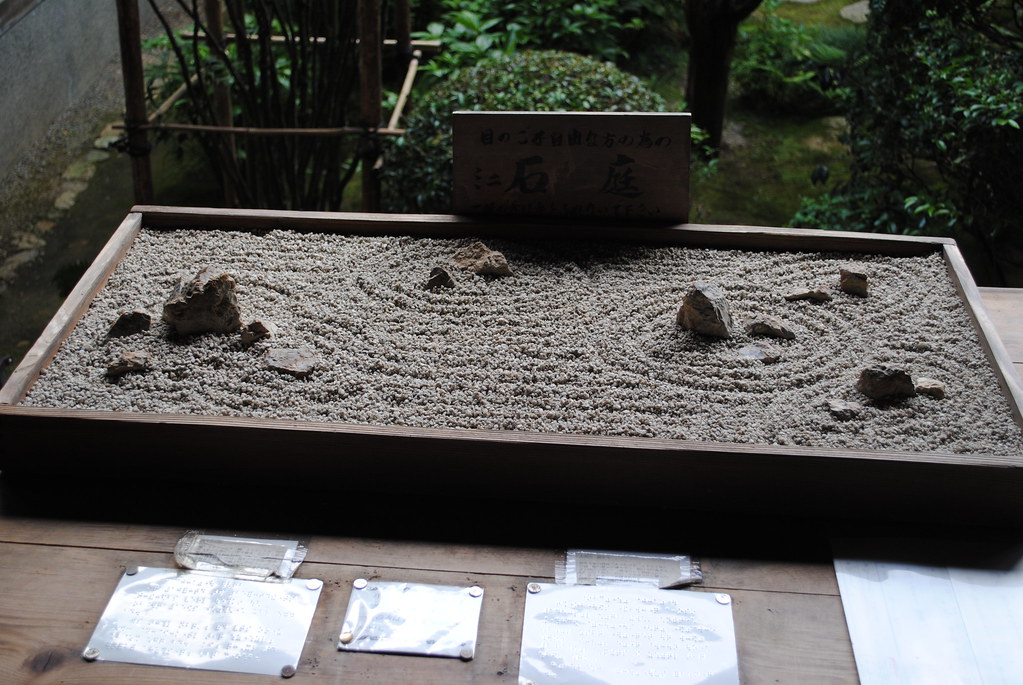

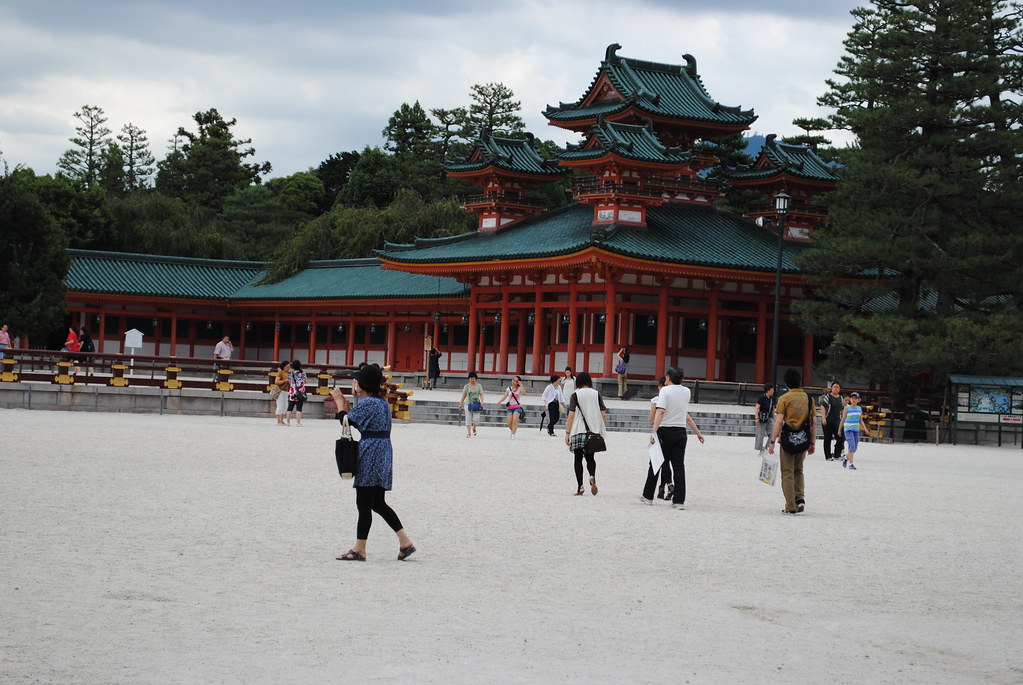
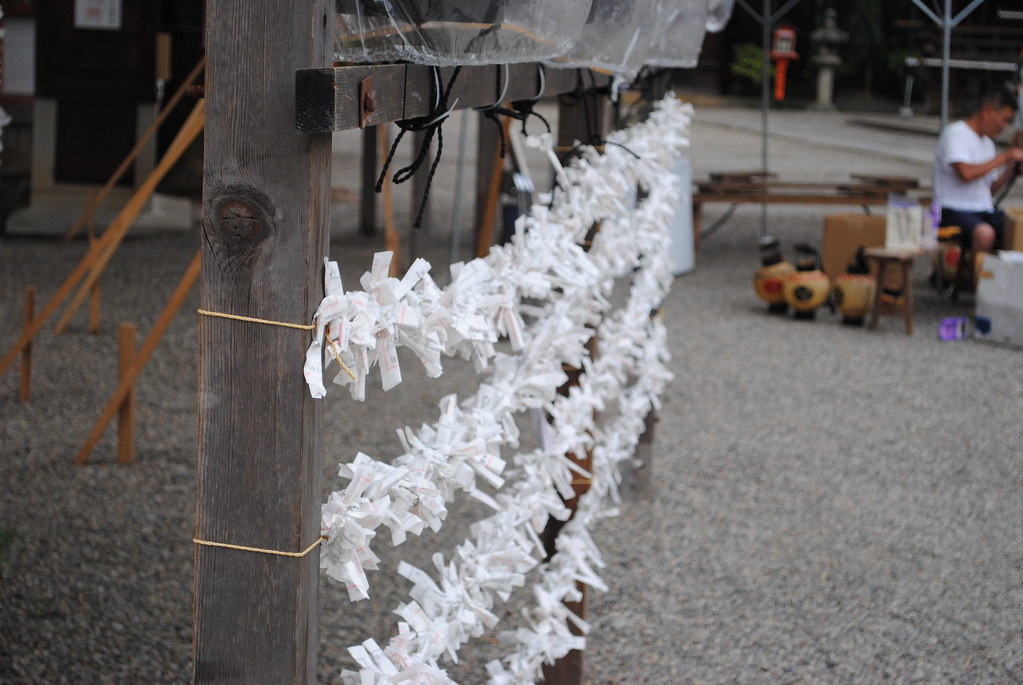
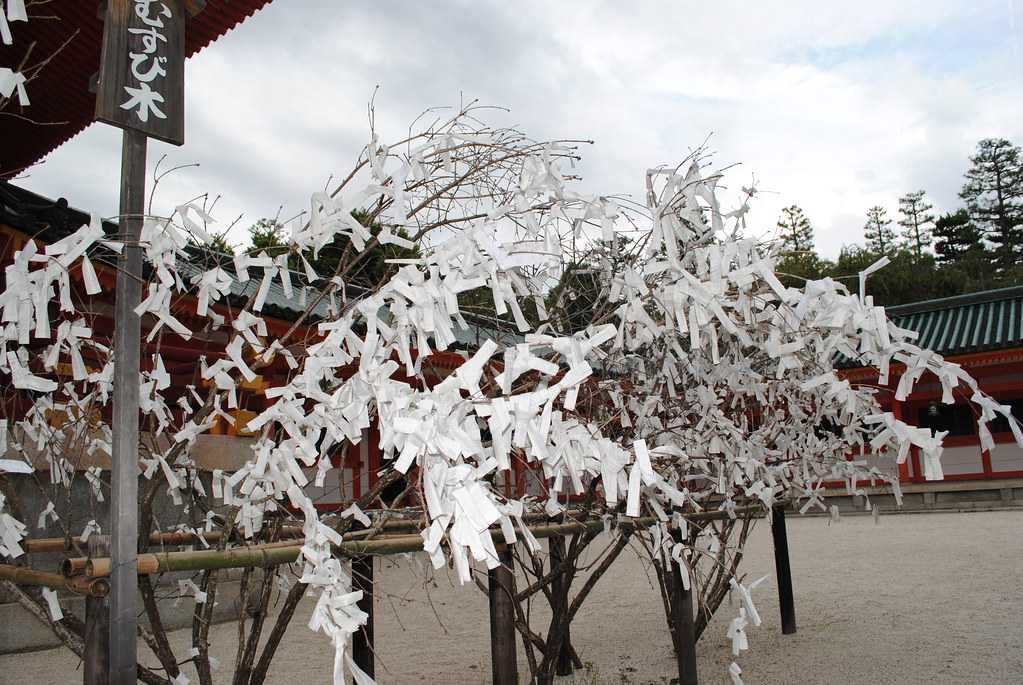
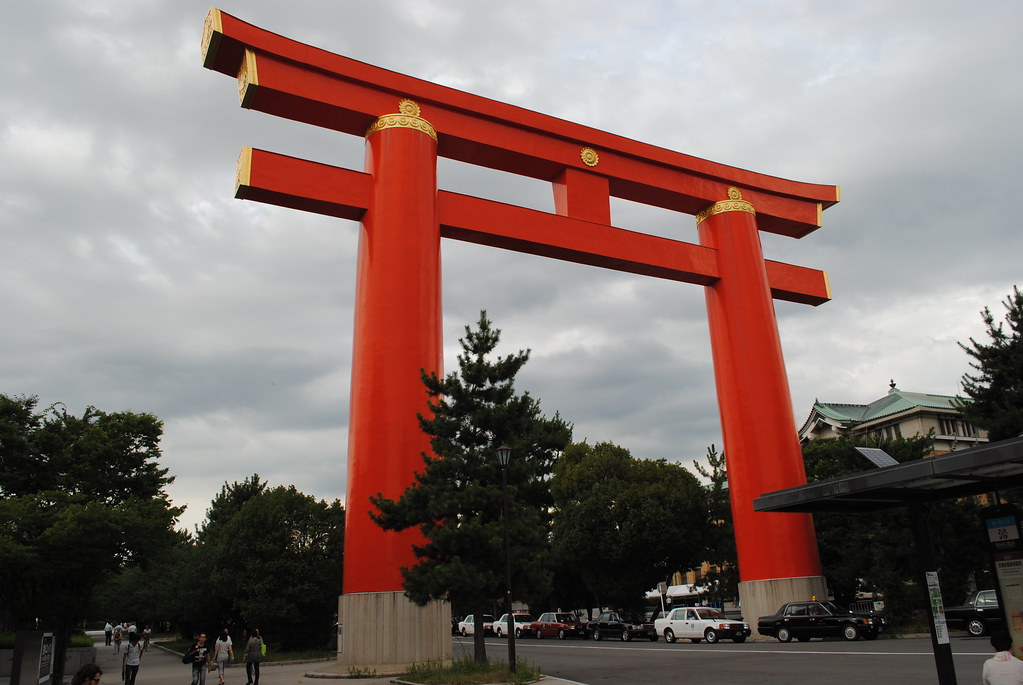
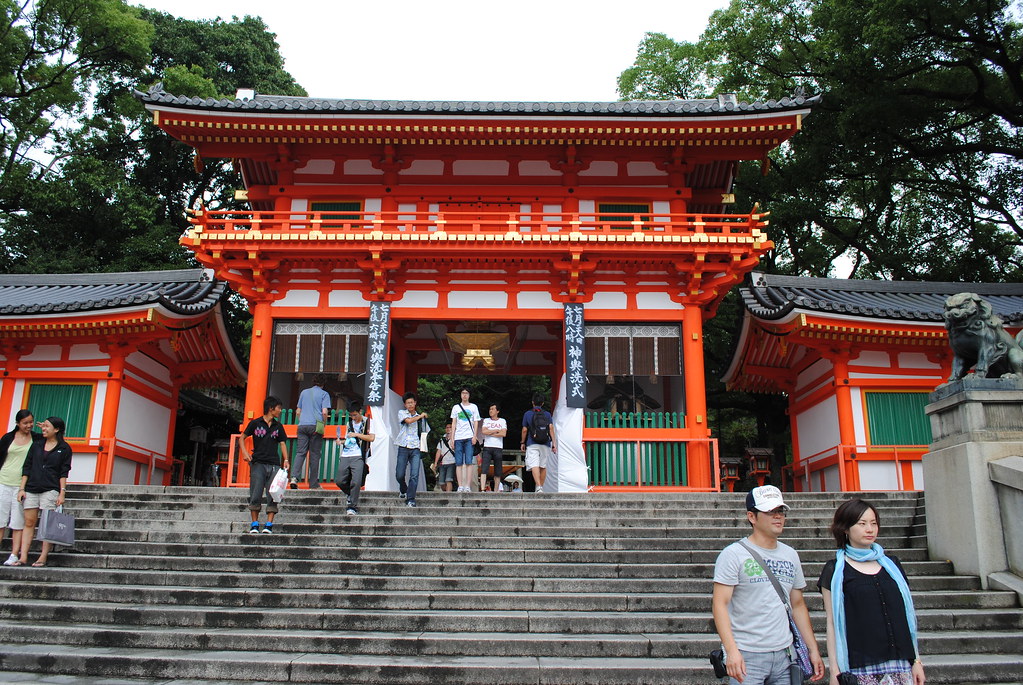

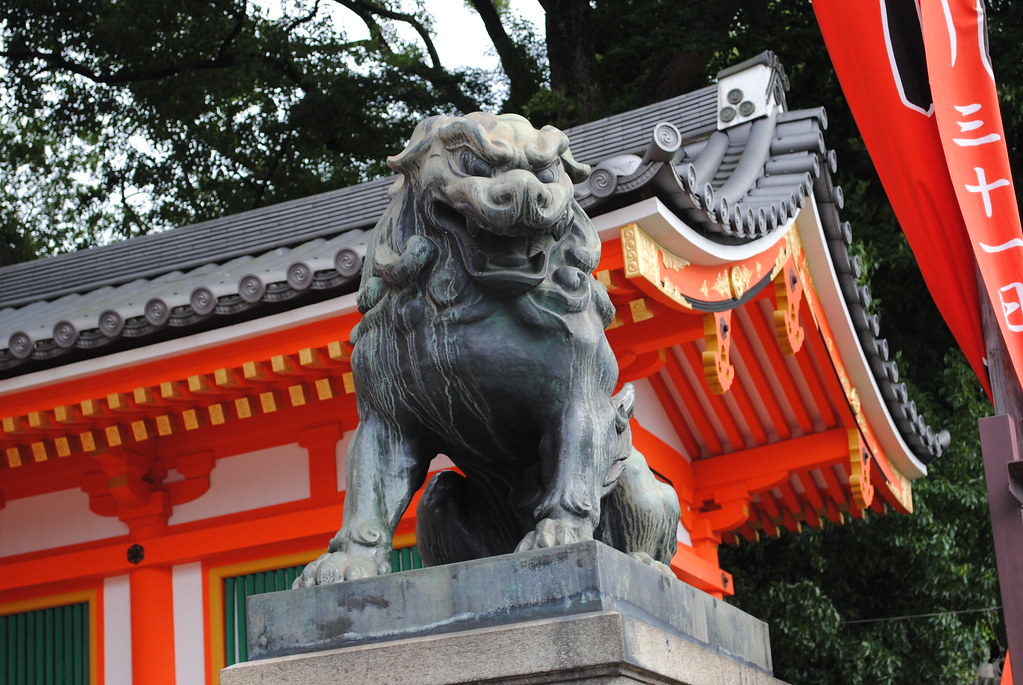
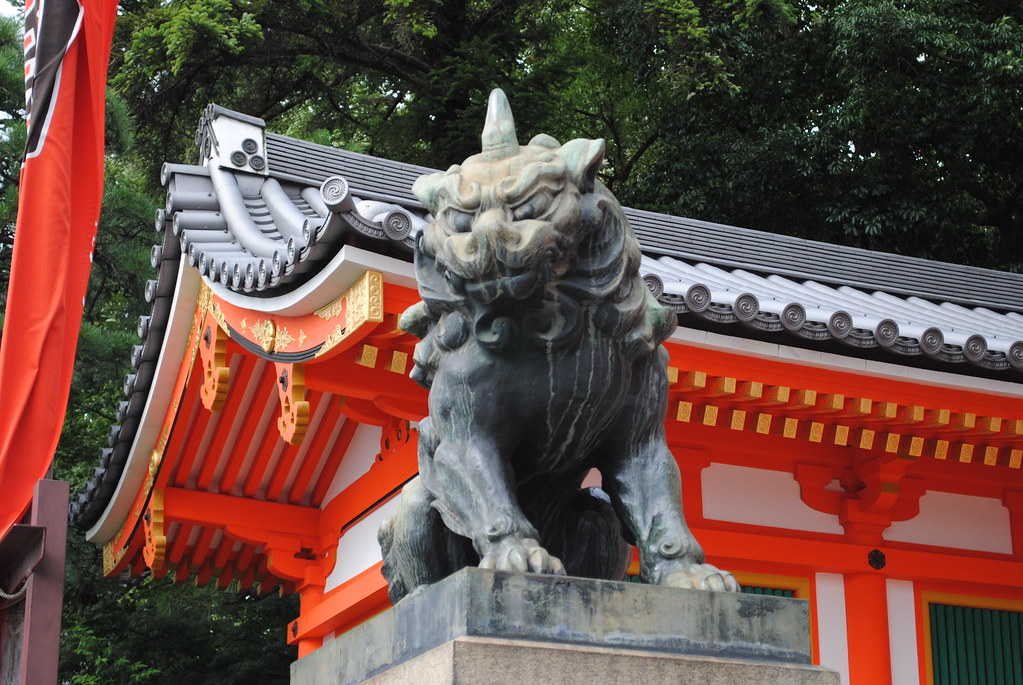
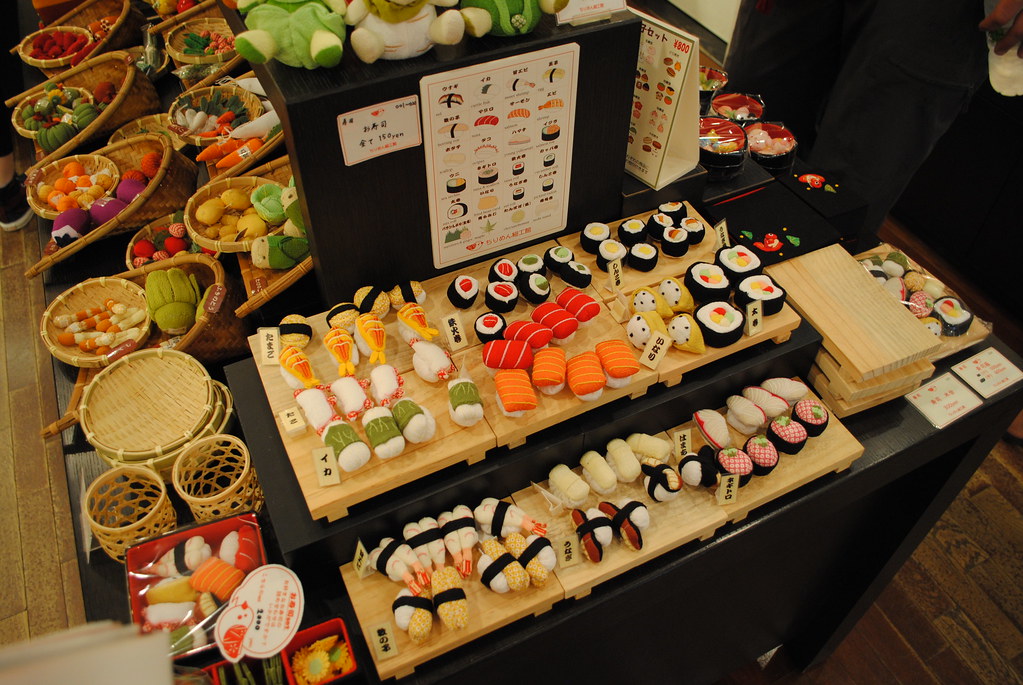
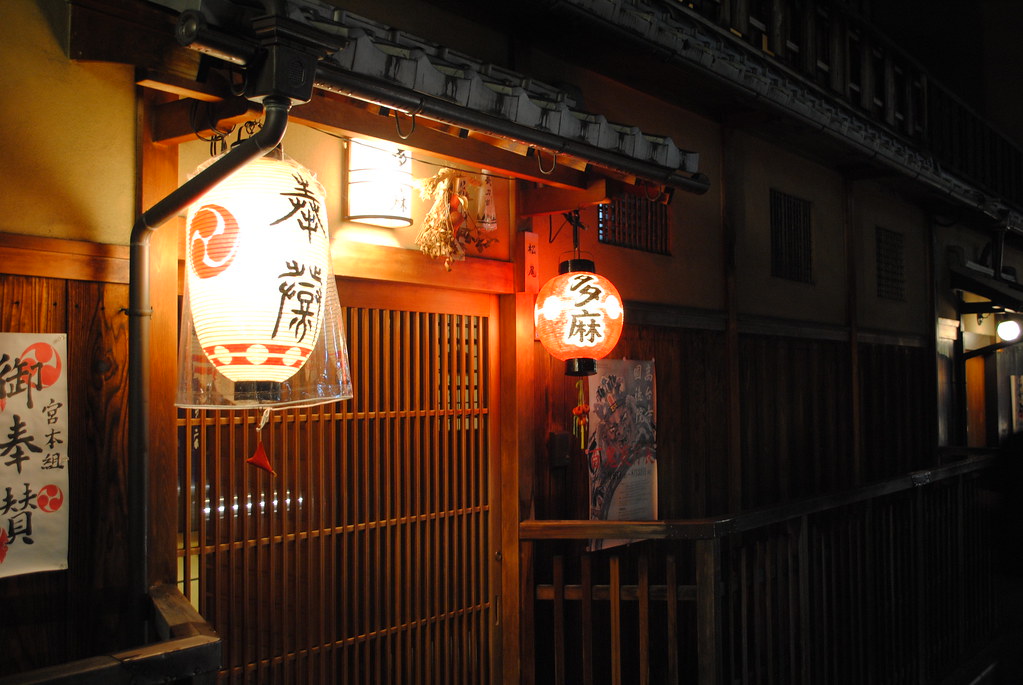
No comments:
Post a Comment
If you have any questions or additions, I would love to hear from you. I may not know the answer, but I'll do my best to find out in any case! You can post anonymously if you like, but abusive/unintelligible/inappropriate comments will not be published.